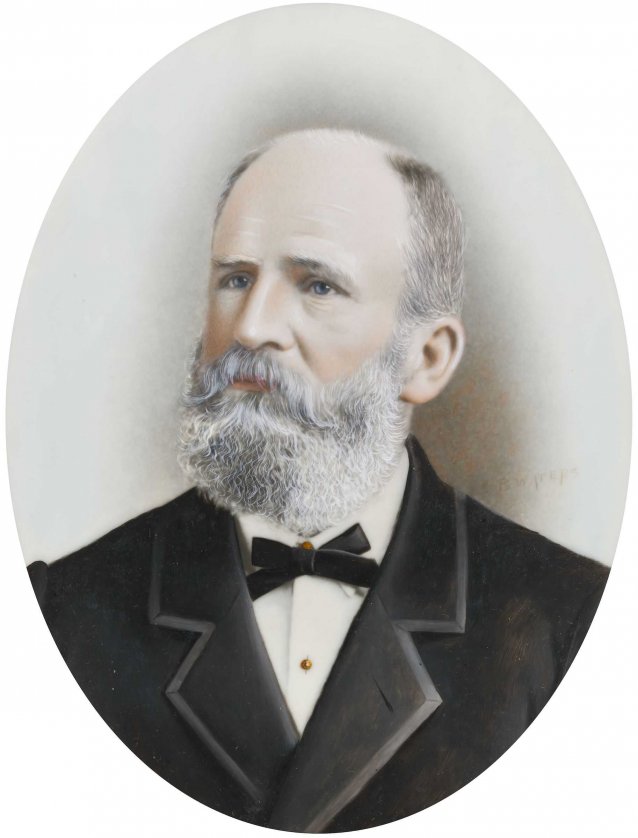John Dunn (1802-1894), flour miller and philanthropist, eked out a mean living as a mill manager in England before migrating to South Australia with his wife and son in 1840. In the trade from boyhood, he had learned as much as he could from moving from mill to mill. As soon as he arrived he took up 80 acres at Hay Valley, about 40km east of Adelaide, where he erected the first windmill in the colony. After a few years he obtained a steam engine from England, and from late winter 1844 regional farmers were able to send their grain to a local mill for the first time. Dunn's mill stimulated development in the area and by 1850 Mount Barker had become a centre for wheat production. Over the same period Dunn & Co doubled its capacity, buying up surplus grain and commencing trade with Adelaide. In the 1850s trade was extended to the goldfields of California and Victoria, and to the sugar-producing island of Mauritius. Dunn opened a warehouse and office in Adelaide in 1856 and built a new mill at Bridgewater in 1860. He acquired two more mills at Nairne in 1864; others followed, including a state-of-the-art facility in Port Augusta in 1880. He represented Mount Barker in the House of Assembly from 1857 to 1868, and was a member of the Legislative Council from 1869 to 1877. At the age of seventy, his first wife having died, he married his daughter-in-law's sister. By the 1880s his firm had some 400 employees, was exporting flour to Britain, Western Australia, New South Wales and South Africa, and was buying wheat to the tune of £500 000 a year. Dunn’s sons, William and John, and his grandsons followed him into business, travelling extensively to observe developments in the milling business and expanding trade internationally. A Methodist, Dunn gave £500 each year to charities, gave £4000 for the construction of the Mt Barker Uniting Church (known as the Dunn Memorial Church), donated a recreation park to the town (Dunn Park), built the Salem cottages for its aged poor, opened the Mount Barker Institute and established a university scholarship. He retired in 1889. On his ninetieth birthday he distributed cheques to valued employees of long standing, saying that ‘any success I may have gained while at the head of the firm of John Dunn and Co was to a considerable extent due to my having had at all times many faithful co-workers in the business.’ He died at Mount Barker, leaving about 15% of his estate of some £100 000 to religious and charitable bodies.
Purchased 2016
The National Portrait Gallery respects the artistic and intellectual property rights of others. Works of art from the collection are reproduced as per the
Australian Copyright Act 1968 (Cth). The use of images of works from the collection may be restricted under the Act. Requests for a reproduction of a work of art can be made through a
Reproduction request. For further information please contact
NPG Copyright.
















